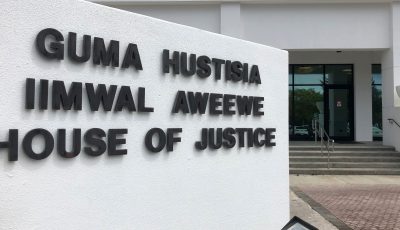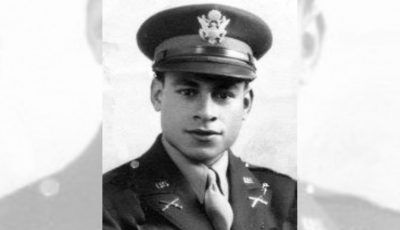Navy pilots join Marine Corps exercise on Tinian
By CPL. DAVID WALTERS
Marine Corps Air Station Iwakuni
TINIAN—Service members with Helicopter Sea Combat Squadron 25, Helicopter Sea Combat Wing Pacific, U.S. Navy conducted joint training with Marine Wing Support Squadron 171 during Exercise Forager Fury III on Sept. 26.

Two MH-60S helicopters from Helicopter Sea Combat Squadron 25 take flight during a live-fire exercise involving joint terminal attack controllers as part of Exercise Forager Fury III on Echo Field, Tinian, Commonwealth of the Northern Marianas Islands, on Sept. 27, 2014. (CPL. DAVID WALTERS)
An estimated 1,300 personnel are participating in Forager Fury III, a Marine Corps-led exercise involving a full spectrum of fixed wing and rotary aircraft operations. It has a heavy emphasis on tactical aviation and aviation ground support to further develop expeditionary combat capabilities in the Marianas Island Range Complex. The exercise began Sept. 24, 2014, and is scheduled to last until Oct. 6.
HSC-25 is an MH-60S Seahawk rotary aircraft squadron, and their role in Forager Fury III is to support MWSS-171 while conducting close air support and weapons systems training.
“Forager Fury for us is a perfect opportunity to help out the Marines while getting essential training for our pilots, aircrew and maintainers,” said Lt. Adam Laakso, operations officer for the squadron during Forager Fury III.
One mission conducted by the squadron included inserting joint terminal attack controllers onto a nearby, uninhabited island in order to practice target engagements, according to Lt. Devon Cartwright, Seahawk commander with HSC-25.
“The JTACs supported us by passing nine lines, which is an authorization to engage a target, according to Cartwright. “We engaged targets with simulated Hellfire missiles, as well as our crew served weapons.”
Cartwright said they rarely work with forward observers, so this provides them a unique training opportunity.
“If we were to really go into an area where we needed to employ these weapons, this type of practice is invaluable to see how we would do it in the real world,” said Cartwright.
He explained their squadron’s aircraft as a “workhorse” that allows them to do a multitude of missions, including special operations support, search-and-rescue operations, as well as material transport.
According to Cartwright, the squadron completed the training they wanted to achieve during their time on Tinian.
“The exercise was a success,” said Cartwright. “The JTACs were doing some training of their own, so it was a good way to work out the kinks in the system so they know how to work with rotary-wing assets, such as ourselves, and also for us to work with the Marines and see how they conduct their things.”


























